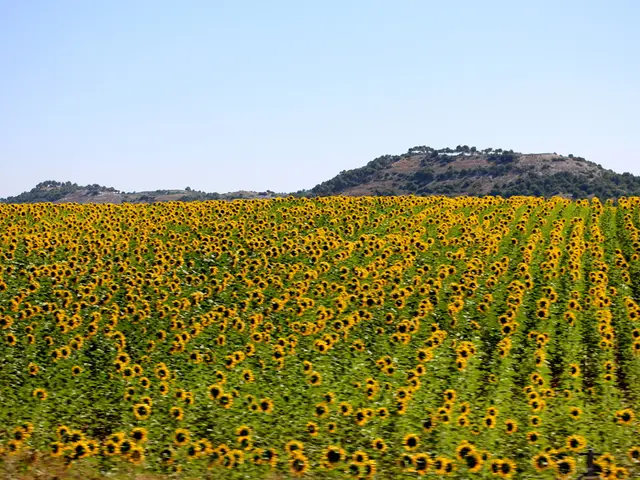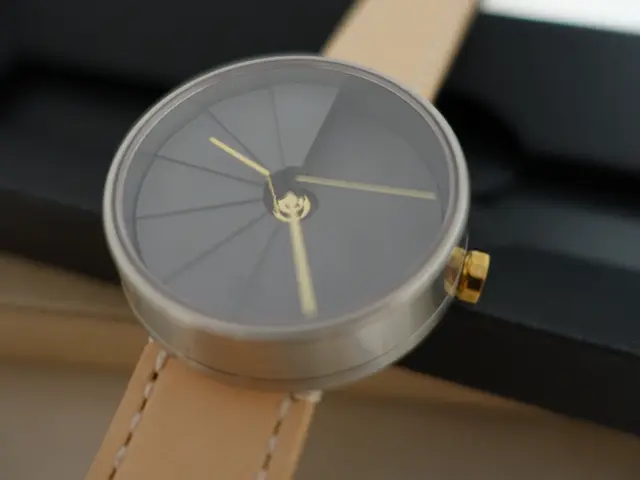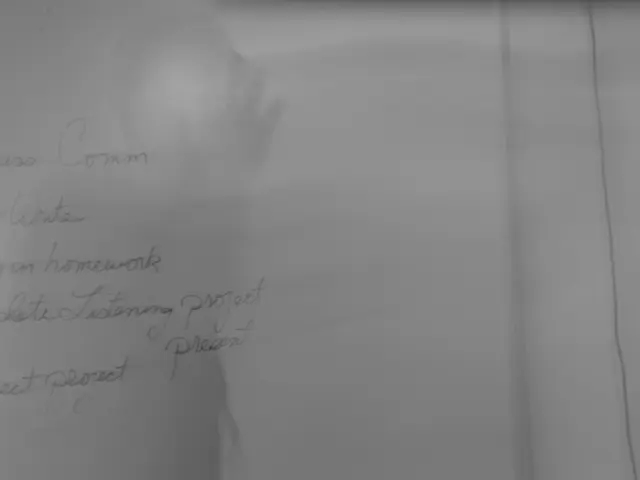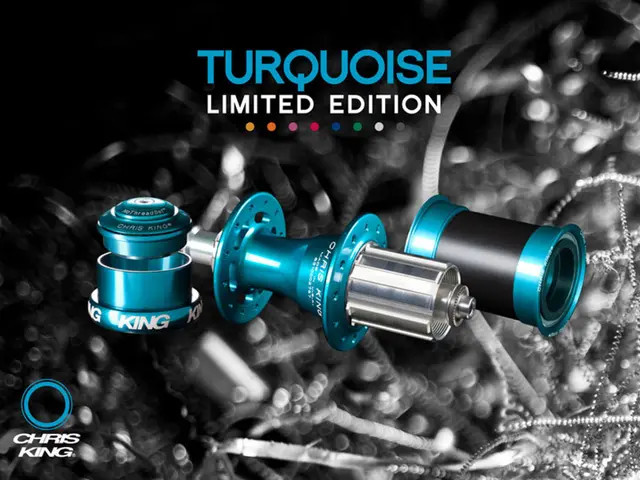University of Stuttgart's Nanodiamond Placement Breakthrough
Scientists at the University of Stuttgart have made a significant breakthrough in nanodiamond technology. They've developed a method to rapidly and reliably place individual nanodiamonds onto wafer-scale substrates using electrostatic trapping. The technique, published in Nature Communications, demonstrates high positional accuracy and compatibility with existing CMOS manufacturing processes.
The team, led by Professor Andreas Stöhr, uses a combination of photolithography and surface modification to create microscale hole templates. Kelvin Probe Force Microscopy confirms the successful creation of a positive surface potential within these holes, enabling the trapping of individual nanodiamonds. Computational modeling predicts the optimal region for trapping, ensuring a high success rate.
The method achieves a 91.2% success rate for single nanodiamond placement, with most trapped nanodiamonds concentrating within 500 nanometers of the hole's center. This precision allows for the creation of complex, user-defined nanodiamond arrays with a spatial resolution of 300 nanometres. The team has demonstrated the ability to integrate single nanodiamonds across entire eight-inch wafers with an 82.5% yield in just five minutes.
This breakthrough overcomes a significant hurdle in nanodiamond technology, offering a pathway to mass production and commercial adoption of nanodiamond-based devices. The technique enables the fabrication of advanced quantum photonic circuits, overcoming limitations imposed by random placement and low-density integration. The University of Stuttgart team's work is published in the journal Nature Communications.
Read also:
- Summarized Report: Insights from the Realm of Transportation
- Recorded surge in electric vehicle registrations during the initial half of the year
- Polestar CEO, Lohscheller, voices concern on the ongoing debates about competitors' products: "Maintain focus, avoid distractions"
- Jane Goodall's Legacy: From Chimpanzee Tool Use to Global Conservation








